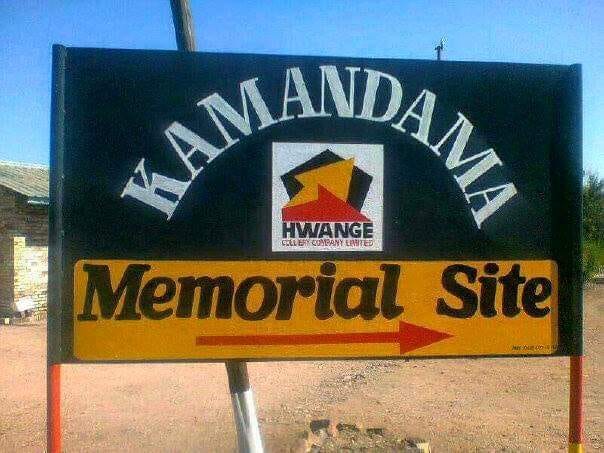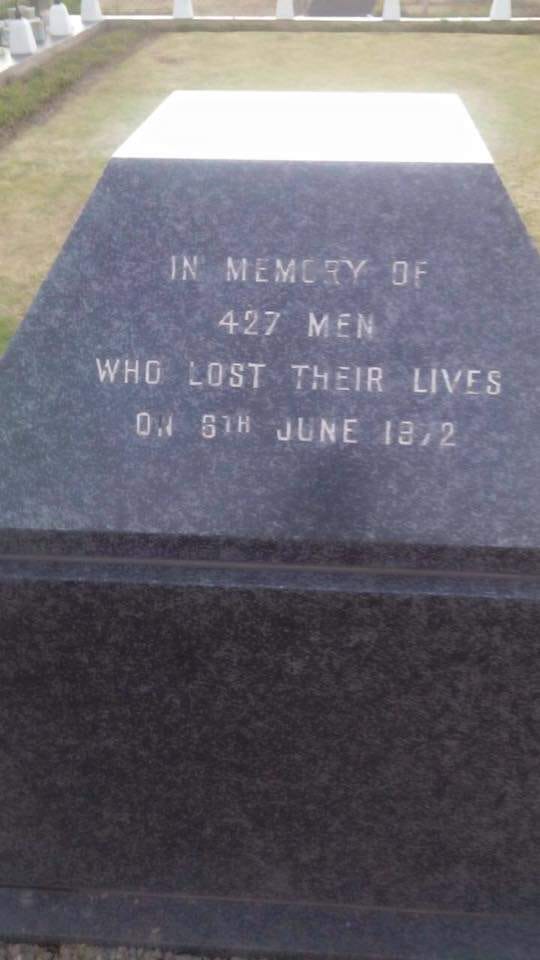
Is this day still commemorated in Zimbabwe?
With 427 fatalities, it remains the deadliest mine accident to date in the country’s history.
June 6, 1972 saw the disaster at Wankie Colliery where 427 miners lost their lives.
Here are some records of the day and photos of the memorial.
The Wankie coal mine disaster took place on 6 June 1972 when a series of underground explosions occurred at the Wankie No.2 colliery in Rhodesia (now known as Zimbabwe).
With 427 fatalities, it remains the deadliest mine accident to date in the country’s history.
Historical records established that the accident was caused by an underground methane dust explosion and despite the several attempts by the then PROTO teams to rescue mine workers, the fatality of the disaster was such that the mine shaft had to be sealed off.
The disaster took place at the Wankie No.2 Colliery in Wankie, (now known as Hwange) in the Rhodesian province of Matabeleland North, when several gas explosions ripped through the mine.
It was initially believed that more than 470 miners were trapped, but the number was lowered after the owners found a number of people had shown up for work.
Eight men were pulled alive from the mine after the initial explosions.
Two new explosions on 7 June poured clouds of poisonous gas into the 3 miles (4.8 kilometers) of tunnels, making further rescue attempts impossible.
On 9 June, the general manager of the Wankie colliery, Gordon Livingstone-Blevins, decided to leave the 424 bodies where they were. Three bodies had been recovered after the initial explosions.
A mass memorial service took place on 11 June at a nearby football stadium, where a crowd of about 5,000 people paid tribute.
“This has cast a gloom over the whole country,” Rhodesian Prime Minister Ian Smith said during the service.











